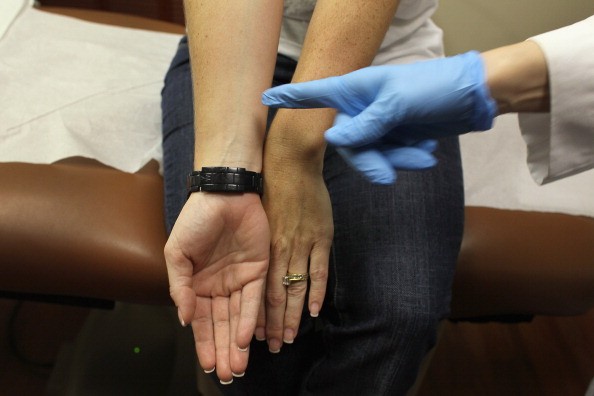
The number of moles on the entire body has already been linked to high risk of skin cancer. While it is quite difficult to determine the body's total mole count, researchers at King's College London have identified one best smaller 'proxy' site that can accurately estimate that number as a whole.
The Guardian writes that about 20 to 40 percent of melanoma or skin cancer is thought to arise from pre-existing moles, and a number of more than 100 can already be a strong predictor. The risk is thought to increase by two to four percent for every additional mole present.
Basing on previous studies, the arm, among all parts, is the most predictive in terms of estimating mole count. To support such claim, this study which was funded by the Wellcome Trust, conducted another extensive research that involved data of 3694 female Caucasian twins as part of TwinsUK study between January 1995 and December 2003. Skin type, hair and eye color, number of blotches, and mole count on 17 body sites of each female subject were recorded.
With their data, they found that the count of moles on the right arm was the most accurate in predicting the total number of moles on the whole body. Females having more than seven moles in this part were nine times the risk of having more than 50 moles in total. Subjects having over 11 moles were also more likely to have more than a total of 100 on their body, which tagged them, among other participants, to be the most at risk of skin cancer.
"This study follows on from previous work to identify the best proxy site for measuring the number of moles on the body as a whole," says principal author Simone Ribero of the Department of Twin Research & Genetic Epidemiology, as quoted in the press release.
"The difference here is that it has been done on a much larger scale in a healthy Caucasian population without any selection bias and subsequently replicated in a case control study from a similar healthy UK population, making the results more useful and relevant for GPs," Ribero adds.
With this research, more patients at risk of skin cancer can now be easily identified and monitored through the very accessible body part.
The study appears in the British Journal of Dermatology.

